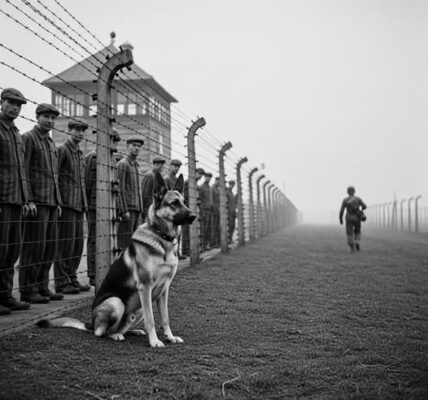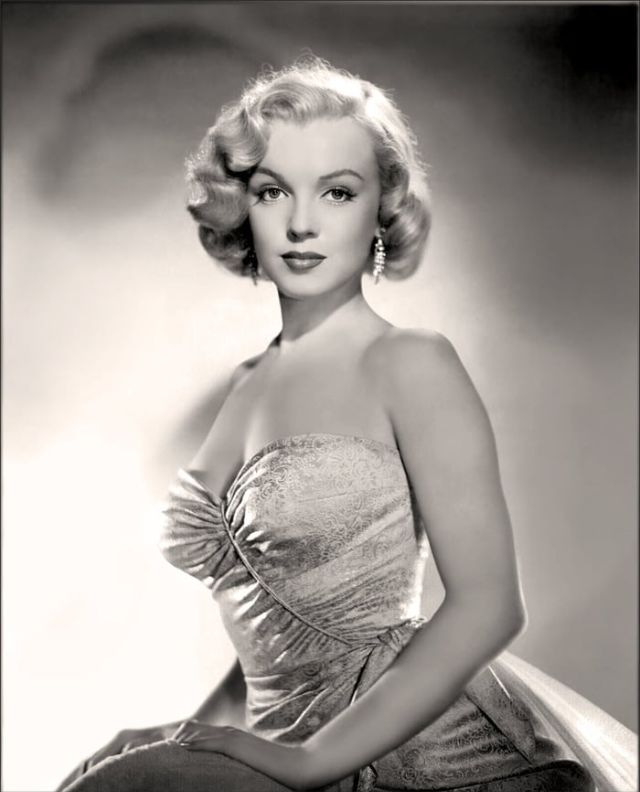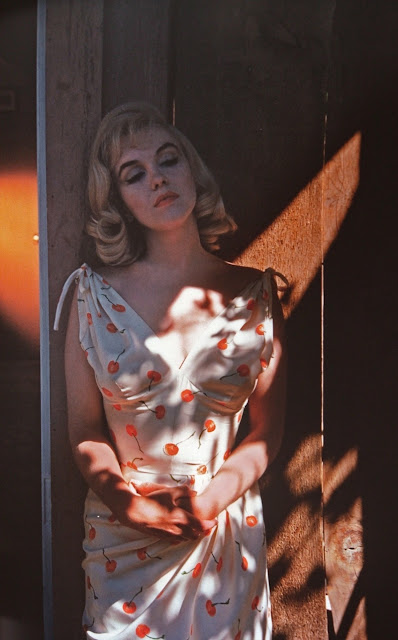The Coat at Dachau
April 29, 1945. The gates of Dachau, one of Nazi Germany’s most infamous concentration camps, were pushed open by soldiers of the U.S. Seventh Army. What they found inside was a vision of horror—thousands of skeletal prisoners, the stench of disease and death, and a silence so heavy it seemed to swallow sound itself. The liberation of Dachau marked a turning point not only in the war but in humanity’s confrontation with the darkest depths of cruelty. And yet, amid the devastation, there were moments that revealed another side of humanity—the quiet, defiant persistence of compassion.
Among the survivors was a boy, no older than fifteen, whose body bore the unmistakable marks of starvation and neglect. His clothes, ragged and threadbare, clung to him like brittle paper. The April air was raw, a damp chill settling over Bavaria in the spring rains. The boy trembled uncontrollably, not just from cold but from years of deprivation that had stripped him of strength. He stood alone, eyes downcast, as if unsure whether he truly belonged among the living.
It was then that an American soldier, a sergeant in the U.S. Army, approached. The soldier’s uniform was heavy wool, built for endurance, a shield against the cold. He saw the boy, and without hesitation, he removed his own coat. Kneeling to meet the boy at eye level, he draped it gently over his frail shoulders. The coat nearly swallowed him, its sleeves dangling past his thin arms, yet the boy clutched it tightly, pulling the warmth against his chest. For the first time in years, warmth was not just a physical sensation—it was a message.
The boy whispered words barely audible over the wind: “I feel warm.”
In that fragile moment, the coat became more than fabric. It became a lifeline, a symbol that he was no longer invisible, no longer just a number in a system built to erase his humanity. Someone had seen him. Someone had cared enough to give up comfort so that he might reclaim a piece of his dignity. The boy’s shivering slowed, not because the air had grown less cold, but because for the first time in so long, he was wrapped in recognition and compassion.
Dachau was notorious for its brutality. Established in 1933, it was the first Nazi concentration camp, a model for the machinery of terror that followed. Prisoners endured forced labor, hunger, disease, and endless cruelty. By the time American forces liberated the camp, tens of thousands had perished there. Survivors, like the boy who received the coat, bore not only the physical scars of starvation but the psychological weight of years without kindness. In that sense, the coat carried more than warmth—it carried hope.
For many survivors, liberation was not a moment of sudden freedom but a slow rediscovery of humanity. Hunger and illness remained. Fear lingered. The shadows of loss stretched long. Yet, acts like the giving of that coat stitched something back together. They reminded survivors that they were worthy of being cared for, that life outside the fences could hold not only survival but dignity.
The story of the coat at Dachau resonates because it shows how simple acts of kindness can bear immeasurable weight. In the midst of a war defined by destruction, compassion was an act of resistance, a refusal to allow cruelty to have the final word. That soldier could not undo the years of suffering the boy had endured. He could not bring back his family or erase the trauma etched into his young face. But he could give him a moment—a moment where the world was not only defined by brutality, but by care.
History often records battles, strategies, and victories. But the liberation of Dachau, and camps like it, is remembered not just for the end of oppression but for the moments of humanity that blossomed in the aftermath. Survivors have spoken of the taste of chocolate given by soldiers, of the sound of foreign voices offering reassurance, of small gestures that restored their sense of worth. The coat was one such gesture. To the boy, it was not simply protection from the cold; it was proof that kindness had survived the war, and therefore, perhaps, he could too.
The legacy of Dachau is not confined to the horrors it revealed but to the lessons it continues to teach. We remember the atrocities to honor those who suffered and to prevent such cruelty from ever returning. But we also remember the coat, the chocolate, the soft words spoken to the broken. These reminders tell us that survival is more than the absence of death—it is the presence of compassion.
That boy carried the memory of the coat with him, long after he left the gates of Dachau. For him, it was a treasure, not because of the wool or the stitching, but because of what it represented. It reminded him that even in a world where cruelty had reigned, humanity had not been extinguished. It was a reminder that dignity could be restored, one act at a time.
Today, as we reflect on Dachau and the liberation of the camps, “The Coat at Dachau” stands as a symbol. It is a story that underscores the power of small acts, the profound impact of kindness, and the truth that even in history’s darkest hours, light can be found. In remembering the coat, we remember that compassion is as essential to survival as food and shelter. And we affirm that the fight against hatred is not only waged in grand battles but in moments where one person chooses to see another as human, worthy, and deserving of care.
The coat was never just a coat. It was a declaration: You are seen. You matter. You are human.
And in that truth, the boy found warmth that could never be taken from him again.






